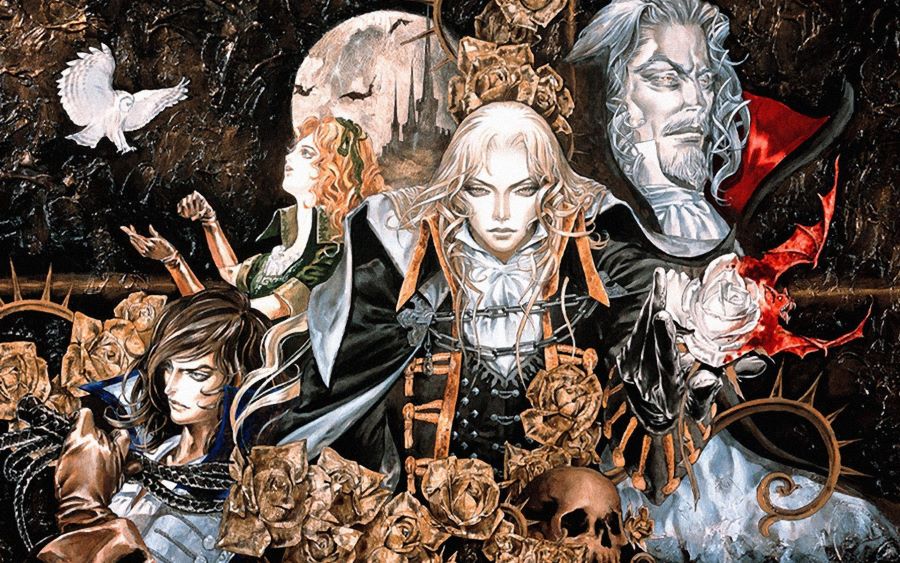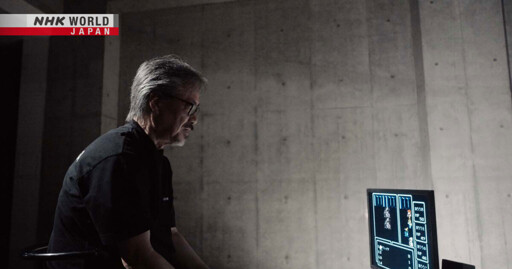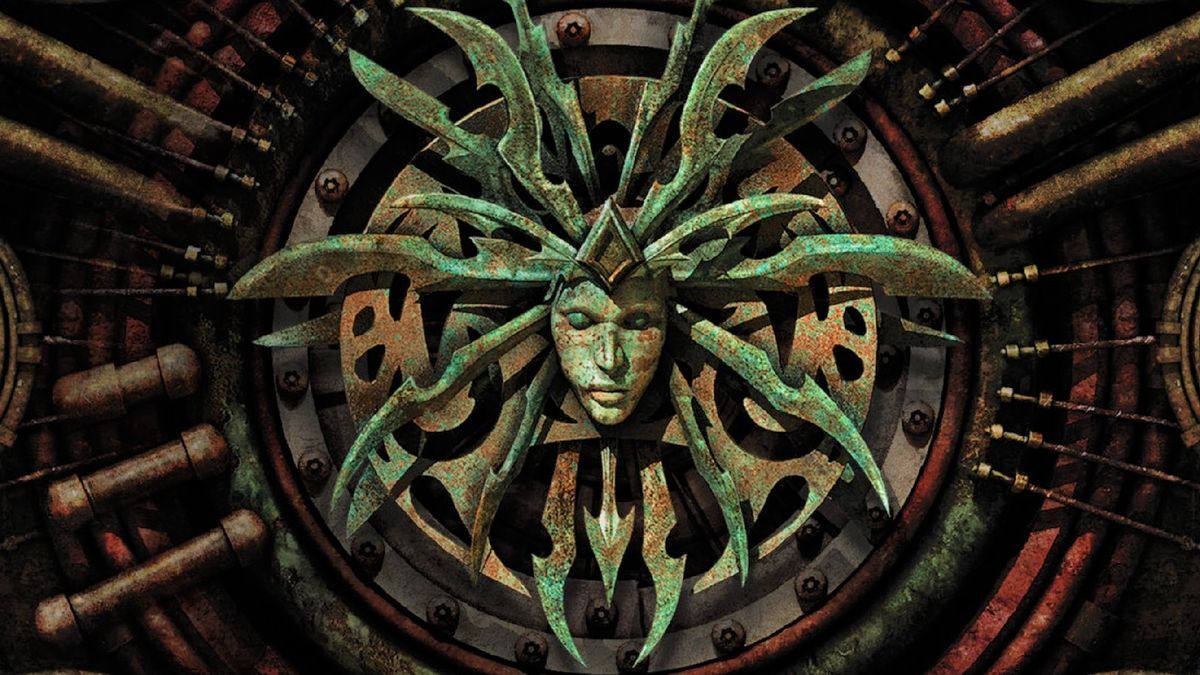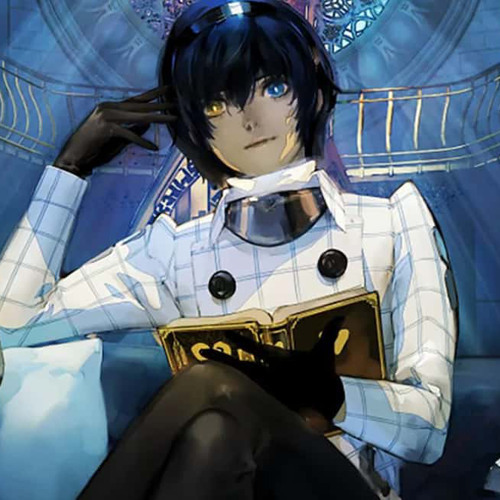

The GOP margin in the House is going to be too slim for anything radical (at least until 2027). And assuming the immigrant “roundup” isn’t merely performative–it probably is–the economic fallout from it will exhaust Trump’s political capital to be challenging states for the time being.















It would help if you identified which religion. There absolutely is a vibrant queer pagan community, but it sounds like that’s not what you’re talking about.